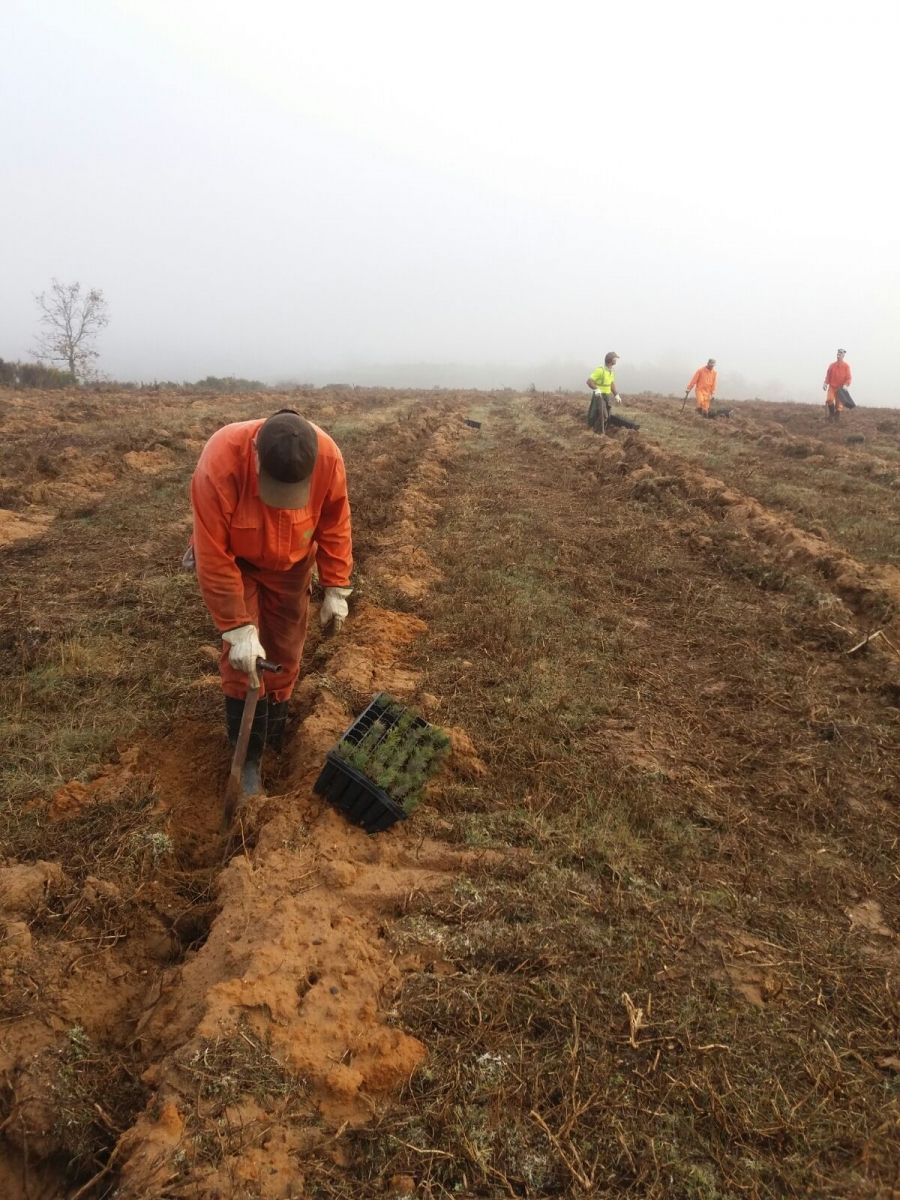Here is news of our large project to restore fire-damaged forests, which we have been supporting since 2017 in the province of Palencia and surrounding areas in northern Spain with our partner Sylva Nova.
Most of the areas concerned were devastated by fires between 2005 and 2016. Forests around cities burned very swiftly. The land is owned by small local municipalities that lack resources and are powerless in the face of this disaster. Without natural regeneration, the affected land is bound to suffer from desertification: only reforestation will make it possible to alleviate the consequences of the fires.
The reforestation of these areas is essential to revitalise local biodiversity: integrated into the Montana Palentina National Park, they are populated by a rich wildlife, including bears and wolves. The existing forests are also rich in flora and wild mushrooms as well as quality wood.
The introduction of species adapted to the local resorts, such as chestnut, oak, alder, black pine and maritime pine, will make it possible to recreate dynamic forest ecosystems. In addition, species of forest fruit trees are also planted: mountain ash and wild cherry trees will help increase the biodiversity potential of the project. The diversity of species introduced will further reduce the risk of fire spreading by making the forest stand more resilient to climate change.
The forest is also a source of employment in this region, and is also very popular among tourists: it is bordered by the Way of St. James (Camino de Santiago), a world-renowned pilgrimage route.
The restoration of the damaged plots will therefore make it possible to restore the landscape and revive a sustainable local economy.
It is within this framework that, over a period between November 2019 and March 2020, we have proceeded with the reforestation of two sites, Castrillo de Duero and Tamara de Campos, thanks to the intervention of a local company.
The reforestation of these plots of land will notably make it possible to:
- Restore forest ecosystems destroyed by fires
- Develop abandoned land
- Fight desertification
- Fight soil erosion
CASTRILLO DE DUERO
On the Castrillo de Duero site, 25,000 seedlings have been placed in buckets (scoops) to facilitate their recovery on 32 hectares.

As the area is subject to landslides, special measures and the use of specific equipment for soil preparation have been applied.

The following species have been planted:
- 9,500 Stone pines
- 8,500 Spanish junipers (thurifera)
- 7,000 Cade junipers
Neighboring winemakers have not failed to show their enthusiasm as the plantations will help prevent landslides and mudslides that could damage the surrounding vineyards in the Duero region.

TAMARA DE CAMPOS
On the Tamara de Campos site, 35,000 seedlings have been installed in buckets on 50 hectares of land.

The species have been divided as follows:
- 15,000 Aleppo pines
- 10,000 Stone pines
- 7,000 Spanish junipers (thurifera)
- 3,000 Almond trees

We salute the involvement of the owner, who helped the teams of planters to carry out this important work!

Our project in the province of Palencia will carry on during the next planting season!